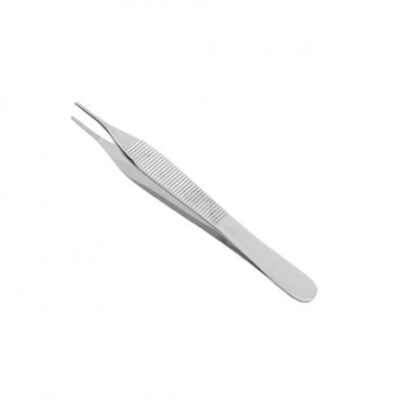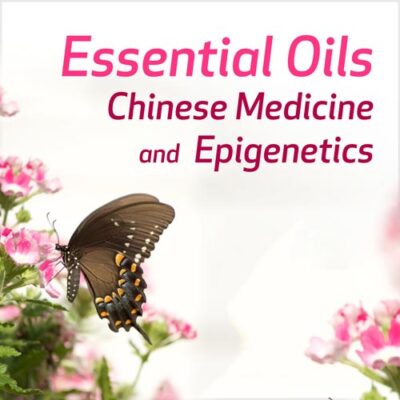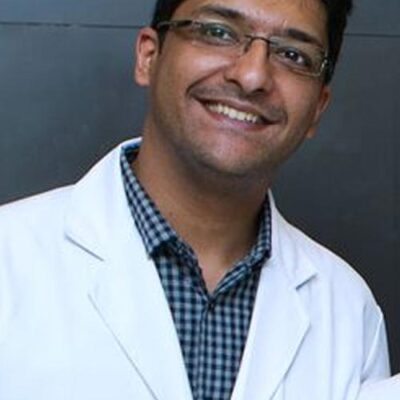Visão Geral Do Curso
Part 1: Introductory Presentation - Clinical Results in an Adjunct Cancer Therapies Program
Several significant developments in chemotherapy and radiation treatments in recent years have improved the tolerance for those medical therapies, yet many cancer patients still struggle with prolonged experience of debilitating symptoms. Traditional Chinese Medicine (TCM) offers possibilities to reduce the severity of the side effects. In China, one of the medical reform goals of the highly active TCM research phase (1960s-1980s) was to utilize TCM in new and effective ways. For cancer patients, the concept of “supporting normality” (fuzheng) was promoted, relying on herbal tonification therapy and supported by use of acupuncture. At the Immune Enhancement Project (IEP) in Portland, Oregon, these methods were adapted to modern western conditions, and several hundred cancer patients have been so treated during a period of nearly twenty years. Effects of the project are revealed by oncologists who express surprise at how well their patients had managed through the course of medical therapies and by the increasing referrals to the program from physicians and nurses working with cancer patients. The program methods, with special reference to the use of acupuncture, will be described.
Part 2: Treatment Framework - Five-Zone Acupuncture and Six-Actions Herb Prescribing for Adjunct Cancer Therapy
Five zone acupuncture emerged from treatment of shen disorders (spirit/mind/brain functional disturbances) and was one of the most commonly used approaches at the IEP Clinic for supporting patients undergoing cancer therapies. Acupuncture point selection focuses on the head/neck and bilateral transport regions: from elbow to fingers and from knee to toes which unites the neural networks and restores normality. A foundational needling set includes a subgroup called New Twenty Needles (to expand upon Old Ten Needles). The six-actions herb method is based on the methods of tonifying qi, nourishing blood, smoothing the flow of qi, enlivening the circulation of blood, raising clear qi to the head, and benefiting the marrow. This recording details these therapies so that you will be empowered to support your patients who may be contending with a cancer diagnosis.
Objetivos
-
To understand how the IEP Clinic operates, in order to appreciate the context of the adjunct cancer therapies it offers.
-
To become familiar with the author’s perspective on the challenges faced by patients and practitioners in response to the cancer diagnosis and its standard medical treatment.
-
To know the type of data that is being presented; i.e. chart notes developed over a period of months or years, relaying brief patient comments and acupuncture treatment details.
-
To learn some of the writings and experiences that influenced development of the adjunct cancer protocols utilized at IEP, especially the acupuncture component of the program that led to the “new twenty needles” (NTN) protocol.
-
To gain a sense of the outcomes for patients who come to the IEP clinic with a diagnosis of stage III or stage IV cancer.
-
To learn what constitutes acupuncture applied to “five zones” and the origins of the five zone framework.
-
To appreciate which types of medical disorders are most appropriately treated by the five zone method of acupuncture therapy.
-
To learn the six herb actions utilized for adjunct cancer therapy within the larger perspective of how herb effects are categorized.
-
To understand how the six herb actions apply to the commonly reported symptoms experienced by cancer patients undergoing standard medical therapies
-
To observe some examples of acupuncture points and herbs that are suited to the treatment framework being described.
Descrição
0 hrs - 15 min
How the subject being presented was selected from treatment successes at the IEP adjunct cancer therapies services.
15 min - 30 min
The analysis of acupuncture treatments that were used for cancer patients and how the points are selected and in what manner they form a pattern of treatment for these patients.
30 min - 45 min
How acupuncture treatments following the basic pattern are personalized to address individual patient conditions and situations.
45 min - 1 hrs
Overview of patient responses to treatment.
1 hrs - 1.5 hrs
A description of the five zones of acupuncture in terms of the location of peripheral shu points and points on the head/neck along the midline. Sources of this treatment method and description of the absence of a descriptive model in TCM literature.
1.5 hrs - 2 hrs
A perspective on patient treatment based on five zone acupuncture, and how the particular point sets are chosen.
2 hrs - 2.5 hrs
The problem of utilizing knowledge of herb prescriptions that were administered in ancient times for treatment of new disease conditions that occur in modern times; modern cancer therapy with its various adverse effects, for example, was not known during the development of TCM.
2.5 hrs - 3 hrs
The herbal therapies deemed appropriate to adjunct cancer treatment and how the selection of therapeutic principles and herbs have changed since they were first developed just over fifty years ago.
3 hrs - 3.5 hrs
The six actions of herbs chosen from a much larger group of traditional medicine categories to address the disorders encountered from undergoing standard medical cancer therapies, especially chemotherapy.
3.5 hrs - 4 hrs
Overview of specific herbs and formulas that are used in the treatments, and factors influencing choices among potentially useful herbs.
Testemunhos
-
Natalia M. (United States of America)
Claro e conciso e os folhetos por si só são inestimáveis (Traduzido automaticamente da EN)
-
Viktoria N. (Germany)
Esta é uma grande e única informação para aqueles que querem entender os problemas de tratamento e compreensão do câncer, uma informação muito útil. O Tópico das Ervas e sua Conexão com os Pontos é incrível. O professor conhece bem o seu Tópico e partilha a Informação com entusiasmo e com grande Talento. Recomendo fortemente este Curso para quem lida com pacientes com câncer e tem possibilidade de usar acupuntura ou ervas. (Traduzido automaticamente da EN)
-
Mun-Yee C. (Australia)
Um webinar introdutório útil sobre um assunto altamente especializado. O apresentador Sr. Dharmananda é experiente e conhecedor. (Traduzido automaticamente da EN)
Testemunhos
Claro e conciso e os folhetos por si só são inestimáveis (Traduzido automaticamente da EN)
Natalia M. (United States of America)
Esta é uma grande e única informação para aqueles que querem entender os problemas de tratamento e compreensão do câncer, uma informação muito útil. O Tópico das Ervas e sua Conexão com os Pontos é incrível. O professor conhece bem o seu Tópico e partilha a Informação com entusiasmo e com grande Talento. Recomendo fortemente este Curso para quem lida com pacientes com câncer e tem possibilidade de usar acupuntura ou ervas. (Traduzido automaticamente da EN)
Viktoria N. (Germany)
Um webinar introdutório útil sobre um assunto altamente especializado. O apresentador Sr. Dharmananda é experiente e conhecedor. (Traduzido automaticamente da EN)
Mun-Yee C. (Australia)
Subhuti Darmananda é um brilhante integrador de conhecimento, asiático e ocidental. Ele entende a ciência e também tem um bom domínio da tradição chinesa de ervas. Achei sua perspectiva sobre o tratamento do câncer bem informada no nível da ciência, bem como nas tradições de ervas e acupuntura. Eu não hesitaria em estudar com ele novamente e recomendaria este curso de oncologia a todos que praticam MTC e desejam fazer tratamento adjuvante contra o câncer. (Traduzido automaticamente da LA)
Jenna V. (United States of America)
Este curso abrirá seus olhos para maneiras de tratar pacientes com câncer durante a quimioterapia e a radiação e, além disso, fornecerá estratégias importantes sobre como abordar outros pacientes com condições graves que mostram deficiência e estagnação. (Traduzido automaticamente da EN)
Sandra G. (United States)
Conteúdo interessante e inspirador (Traduzido automaticamente da EN)
Maria C. (Australia)
Curso muito bom. Dá uma nova perspectiva sobre alguns velhos mitos sobre o câncer (Traduzido automaticamente da EN)
Kathy K. (Canada)
Este é um tema muito relevante, devido ao crescente número de casos oncológicos na população atual. O palestrante apresenta informações bem fundamentadas e bem argumentadas. Ele descreve uma maneira eficaz de combinar fitoterapia e acupuntura. Ele também faz bons paralelos entre as abordagens ocidentais e tradicionais da MTC. (Traduzido automaticamente da EN)
Grigoriy S. (Canada)
Eu recomendo este curso porque as informações podem ser facilmente utilizadas na prática de acupuntura. (Traduzido automaticamente da EN)
Christopher S. (United States of America)
Professor
Subhuti Dharmananda
Subhuti Dharmananda, Ph.D., established the Institute for Traditional Medicine and Preventive Health Care (ITM) in 1979 to promote education, research, and charitable works in the field of traditional medicine systems. With a background in science and herb prescribing, he is able to organize the formats for the clinics, and he has produced many articles on subjects pertaining to TCM and herbs.
Aviso Legal
Please read these important disclaimers before purchasing:
...









